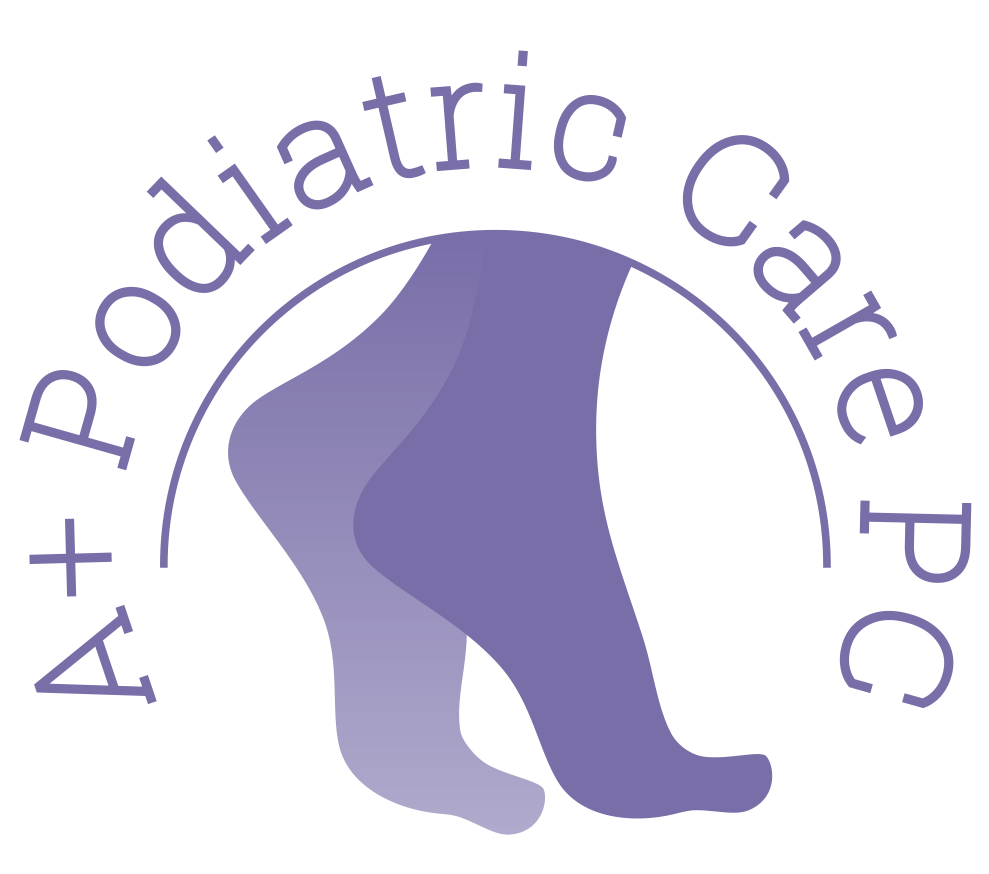
Dr. Luvish treats a wide variety of skin disorders and conditions affecting the feet, including allergies, Athlete’s Foot (tinea pedis), blisters, burning feet, calluses, corns, cysts, frostbite, fungus, gangrene, lesions, psoriasis, smelly feet and foot odor, swelling, ulcers, and warts.
request an appointmentAthlete’s Foot
Athlete’s foot is a chronic skin disease caused by a fungus. It most commonly attacks the feet because shoes create a warm, dark, and humid environment that encourages fungus growth.
The condition ranges from mild scaling and itching to painful inflammation and blisters. It usually starts between the toes or on the arch and may spread to the bottom and sides of the foot.
Dr. Luvish may recommend various kinds of medication in treating your fungal problem, depending on the type of infection you have. Successful treatment usually involves a combination of medication and self-care.
If your condition is not serious, over-the-counter and prescription powders, lotions, or ointments can often help treat scaling, itching, and inflammation. We urge you to come in for a consultation before taking any medication. Foot soaks may help dry excessive perspiration, but you should contact our office first. If your Athlete’s foot does not improve, Dr. Luvish may prescribe stronger medication.
Corns and Calluses
Corns and calluses are areas of thickened skin that develop to protect that area from irritation. They are usually caused by rubbing or excess pressure against part of the foot. Left untreated, this may result in ulceration.
If you need assistance relieving corns or calluses, please contact our office. Dr. Luvish can trim and apply comfortable padding to the painful areas, or, in more severe cases, may prescribe medication to relieve inflammation, or inject cortisone into the underlying bursal sac to rapidly reduce pain and swelling.
Psoriasis
Psoriasis is caused by faster-than-normal turnover of skin cells. In people who have psoriasis, the new cells move to the surface so rapidly that the dead cells build up on the surface in dry, whitish-silver patches. In the foot, psoriasis can be difficult to distinguish from Athlete’s Foot, or the nail appearance may be confused with fungal infections of the toenails.
Psoriasis can cause a characteristic pitting appearance on the nails. Pustular psoriasis is a form of the disease characterized by small pustules or blisters filled with clear or cloudy fluid.
Psoriasis can affect the joints of the feet and lower extremities, leading to painful arthritis. Anti-inflammatory medications, steroids, and other medications are common treatment for psoriasis. Note: Please consult your physician before taking any medications.
Sweaty Feet
Excessive sweating of the feet is called hyperhidrosis. People whose feet sweat excessively often also have problems with excessive sweating of the palms. Dr. Luvish offers a variety of products, such as medicated creams and soaking pills, to treat this condition.
Warts
Warts are one of several soft tissue conditions of the foot that can be quite painful. They are caused by a viral infection which invades the skin through small or invisible cuts and abrasions. Foot warts are generally raised and fleshy and can appear anywhere on the foot or toes. Occasionally, warts can spontaneously disappear after a short time, and then, just as frequently, they recur in the same location. If left untreated, warts can grow to an inch or more in circumference and can spread into clusters of warts. Children, especially teenagers, tend to be more susceptible to warts than adults.
Plantar warts, also known as verrucas, appear on the soles of the feet and are one of several soft tissue conditions that can be quite painful. Unlike other foot warts, plantar warts tend to be hard and flat, with a rough surface and well-defined boundaries.
Warts can be very resistant to treatment and have a tendency to reoccur. Over-the-counter foot wart treatments are usually ineffective because their use can inadvertently destroy surrounding healthy tissue. Dr. Luvish will recommend the best treatment for each patient, ranging from prescription ointments or medications, cryosurgery (freezing of the warts) to, in the most severe cases, surgical resection.
